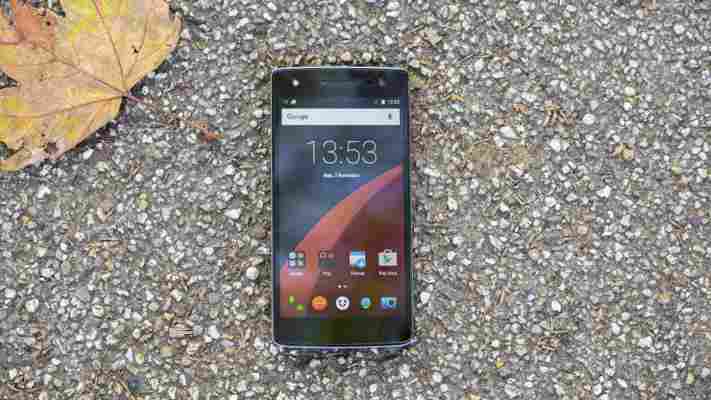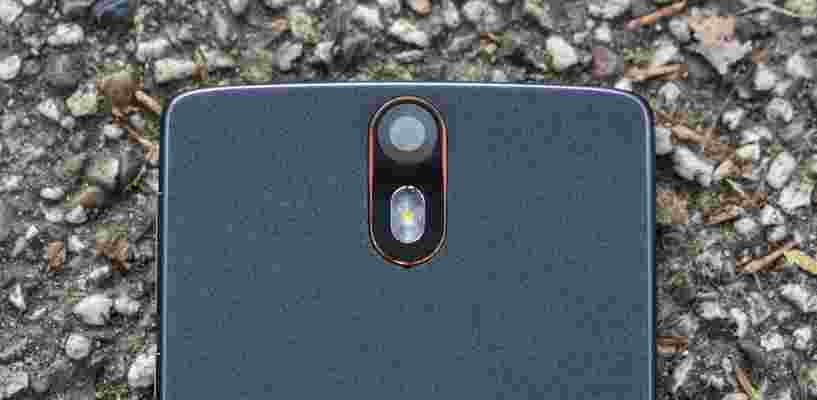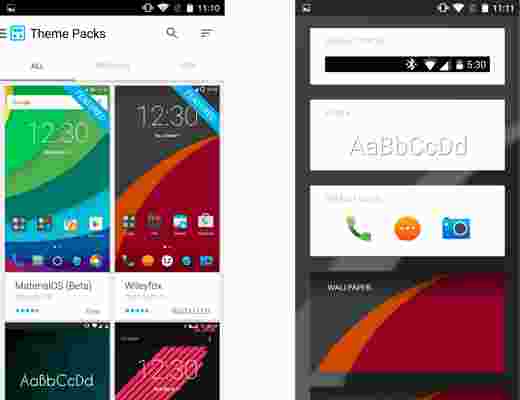British smartphone manufacturer Wileyfox only launched its first smartphone last year, but it already has a string of budget handsets to its name, including the Wileyfox Swift and the newly-released Wileyfox Spark .

The Storm, however, is a bit more upmarket, taking aim at phones like Motorola's Moto X Play . With its octa-core Qualcomm Snapdragon 615 processor, 20-megapixel camera and large, 5.5in Full HD screen, the Storm has a nigh-on identical specification to Motorola's mid-range champion, but it also costs around £60 less, making it a quite a tempting proposition if you're after a great mid-range smartphone without breaking the bank.
However, now that Motorola's Moto G4 is out, which effectively replaces the Moto X Play note for note, the Storm's no longer such a good deal, as you can now pick up a Moto G4 for around £160 SIM-free.
Design
This rather puts the Storm on the back foot, as it now has to work a lot harder than it did when it first launched a year ago. The Storm's design won't be for everyone, either. While it feels extremely well-made and its textured, soft-touch rear feels great in the hand, the orange WileyFox branding and embossed plastic logo on the back are a little gaudy compared to the plainer, more subtle designs of its nearest rivals. .

Cyanogen OS and features
A big part of its appeal is the Cyanogen 12.1 custom operating system. It looks just like stock Android, but adds a number of useful extras, helping to improve security and overall practicality. For instance, Cyanogen lets you alter individual app permissions, giving you greater control over what information your apps are able to access.
If you don't want Dropbox accessing your contacts, you can simply switch off this permission while still being able to use the service. Admittedly, this is becoming less of a selling point now that Android 6.0 Marshmallow does essentially the same thing, but with phone manufacturers dragging their heels over their respective Marshmallow rollouts, it's still reassuring that WileyFox offers this feature straight out of the box. Truecaller's caller ID and spam filter are also built straight into the dialler, helping to cut down on irritating nuisance calls.

Cyanogen is also more customisable than stock Android. As well as hundreds of different themes to download from WileyFox's Theme app, you can personalise your OS down to every last detail, from the wallpaper and icon design right through to the boot animation and font. It's not too dissimilar from HTC's Sense 7 interface, which comes pre-installed on handsets such as the HTC Desire 626 , but it's still unusual to have this amount of control over your phone's appearance at this end of the price market.
Performance
Cyanogen flies with an octa-core 1.5GHz Qualcomm Snapdragon 615 chip behind it, especially when the Storm has a generous 3GB of RAM at its disposal, too. In GeekBench 3, its scores of 663 in the single core test and 2,380 in the multicore test put it neck and neck with the Sony Xperia M4 Aqua and Moto X Play, and its score of 343 frames (or 5.5fps) in GFX Bench GL's offscreen Manhattan test gives it plenty of power for playing games. It still stumbled slightly when playing Hearthstone, but other games such as Threes and Alphabear ran perfectly smoothly.
The Storm's web browsing performance was equally fluid, even if its Peacekeeper score of 777 lagged a little behind the 800+ scores of the Moto X Play and Xperia M4 Aqua. Web pages loaded quickly with smooth scrolling throughout, and I hardly saw any signs of stutter at all when browsing articles on the Guardian.






Leave a Reply